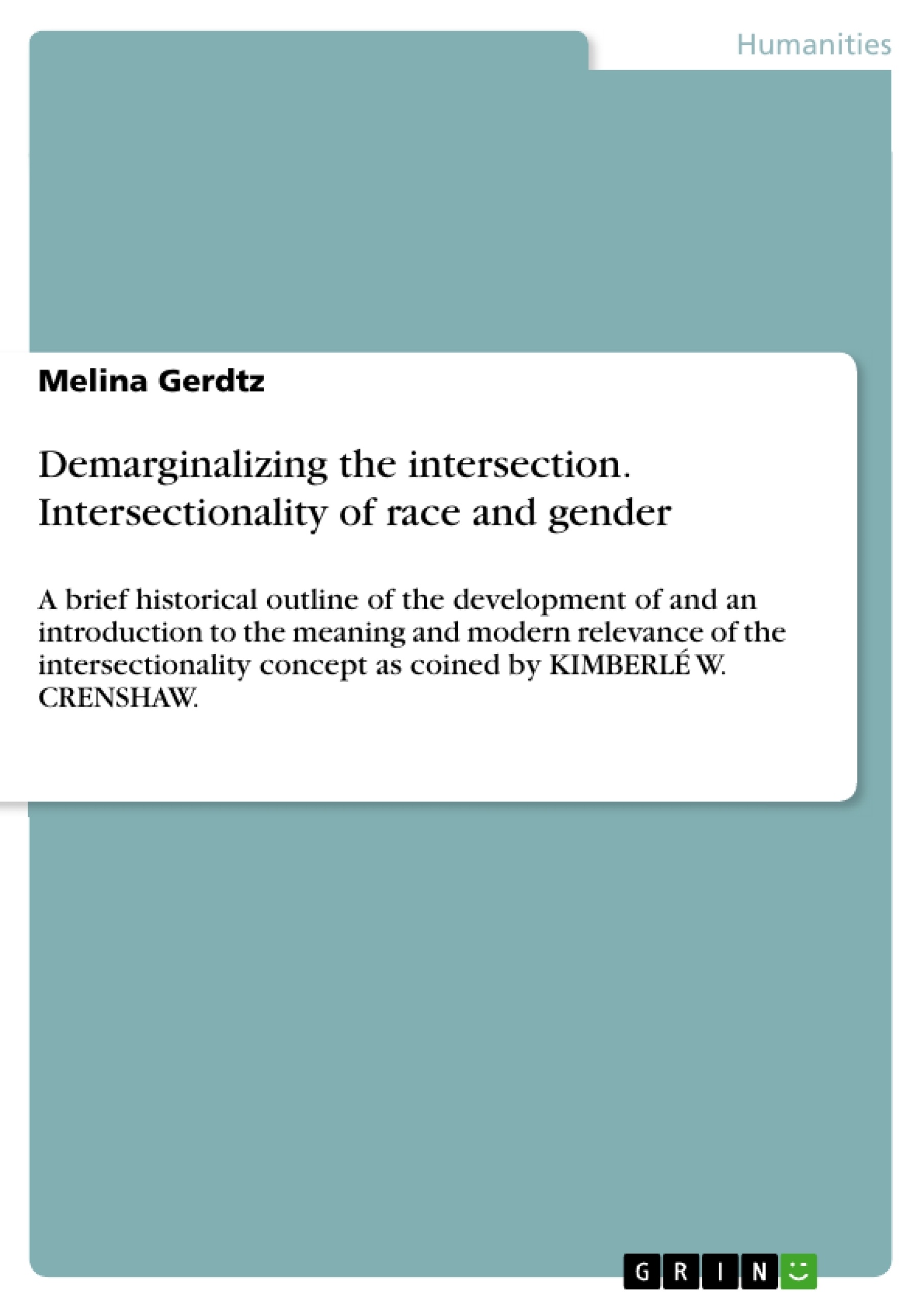In a time with racism, far-right-parties and the ever so often correlating discriminating mindsets on the rise, fighting for everyone’s human rights and equality is again as important as it should ever be. Understanding the concept of intersectionality in this relation is an indispensable necessity for comprehending and ultimately dismantling reigning institutions of oppression such as sexism, racism or heteronormativity and so forth.
The precise term “intersectionality” itself was developed and coined by United States (US) civil rights activist, critical race theory scholar and professor of law KIMBERLÉ WILLIAMS CRENSHAW in her influential essay “Demarginalizing the Intersection of Race and Sex: A Black Feminist Critique of Antidiscrimination Doctrine, Feminist Theory and Antiracist Politics.” published in the year of 1989. She used the notion to describe the ways in which social identities overlap, and how that factors into distinct experiences of oppression of individuals since repressive institutions (e.g. racism, sexism, transphobia, xenophobia, classism, etc.) are interconnected as well and hence cannot be examined separately from one another.
CRENSHAW specifically introduced the term to describe the peculiar situation of African American women and how they usually uniquely suffer from both sexism and racism in multifaceted and intercorrelated ways. In the footnotes in her following work “Mapping the margins: Intersectionality, identity politics, and violence against women of color. “(1991) CRENSHAW states that her analysis of how the concepts of race and gender connect was an attempt to “suggest a methodology that will ultimately disrupt the tendencies to see [them] as exclusive or separable” (CRENSHAW 1991, p. 1244).
Table of Contents
- Introduction
- Defining Intersectionality
- Brief Historical Outline of The Development of Intersectionality
- Intersectionality and its context in CRENSHAW's work (1989)
- Case 1: DeGraffenreid v. General Motors (1976)
- Case 2: Moore v. Hughes Helicopter, Inc. (1982)
- Case 3: Payne v. Travenol Laboratories (1976)
- Intersectionality in Modern Development
- Conclusion
Objectives and Key Themes
This paper aims to provide a comprehensive overview of the intersectionality concept, outlining its development, key features, and modern relevance. It examines the concept's historical evolution and its application in the context of Kimberlé Crenshaw's work, specifically focusing on how it addresses the unique experiences of African American women.
- The historical development of intersectional thought
- The definition and key features of intersectionality
- Intersectionality as a tool for analyzing social inequalities and oppression
- The relevance and application of intersectionality in modern contexts
- The significance of intersectionality for promoting social justice and human rights
Chapter Summaries
The first chapter introduces the concept of intersectionality and its importance in understanding and dismantling systems of oppression. It highlights the contributions of Kimberlé Crenshaw in developing and popularizing this concept. Chapter two delves into the definition of intersectionality, exploring its multifaceted nature as a feminist theory, a methodology, and a framework for social justice action. It emphasizes the importance of acknowledging and analyzing the interconnectedness of various social identities in understanding individual experiences of discrimination and privilege. The third chapter provides a historical overview of the development of intersectional thought, tracing its evolution from early attempts to systematically compare gender and race-based discrimination to Crenshaw's seminal essay. This chapter examines key historical developments and influential writers who contributed to the shaping of intersectional analysis.
Keywords
The paper focuses on key terms such as intersectionality, social identities, oppression, discrimination, racism, sexism, feminist theory, anti-discrimination doctrine, antiracist politics, and social justice. It explores the complex interplay of these concepts in shaping individual experiences and societal structures.
- Quote paper
- Melina Gerdtz (Author), 2019, Demarginalizing the intersection. Intersectionality of race and gender, Munich, GRIN Verlag, https://www.grin.com/document/906841




